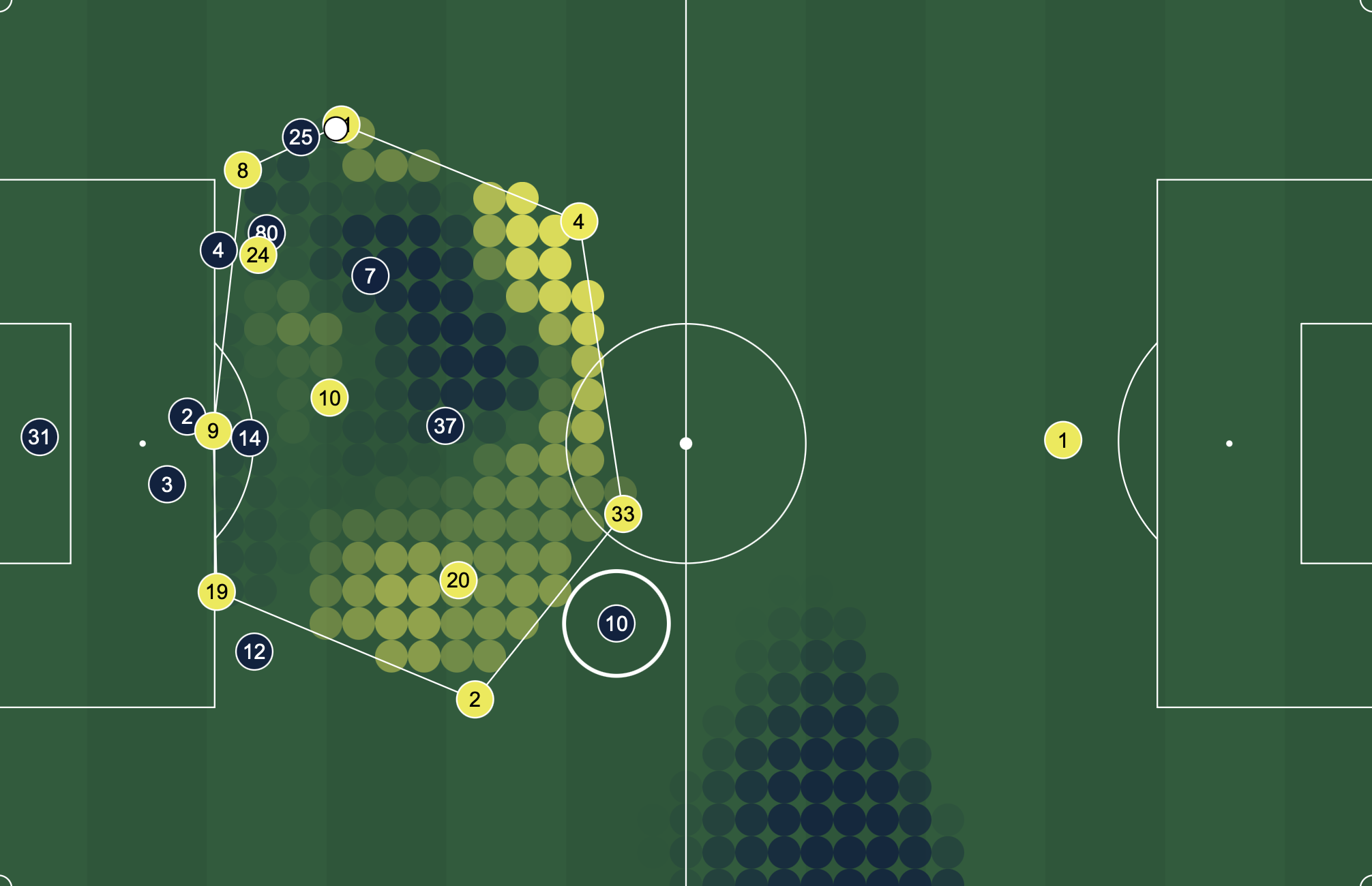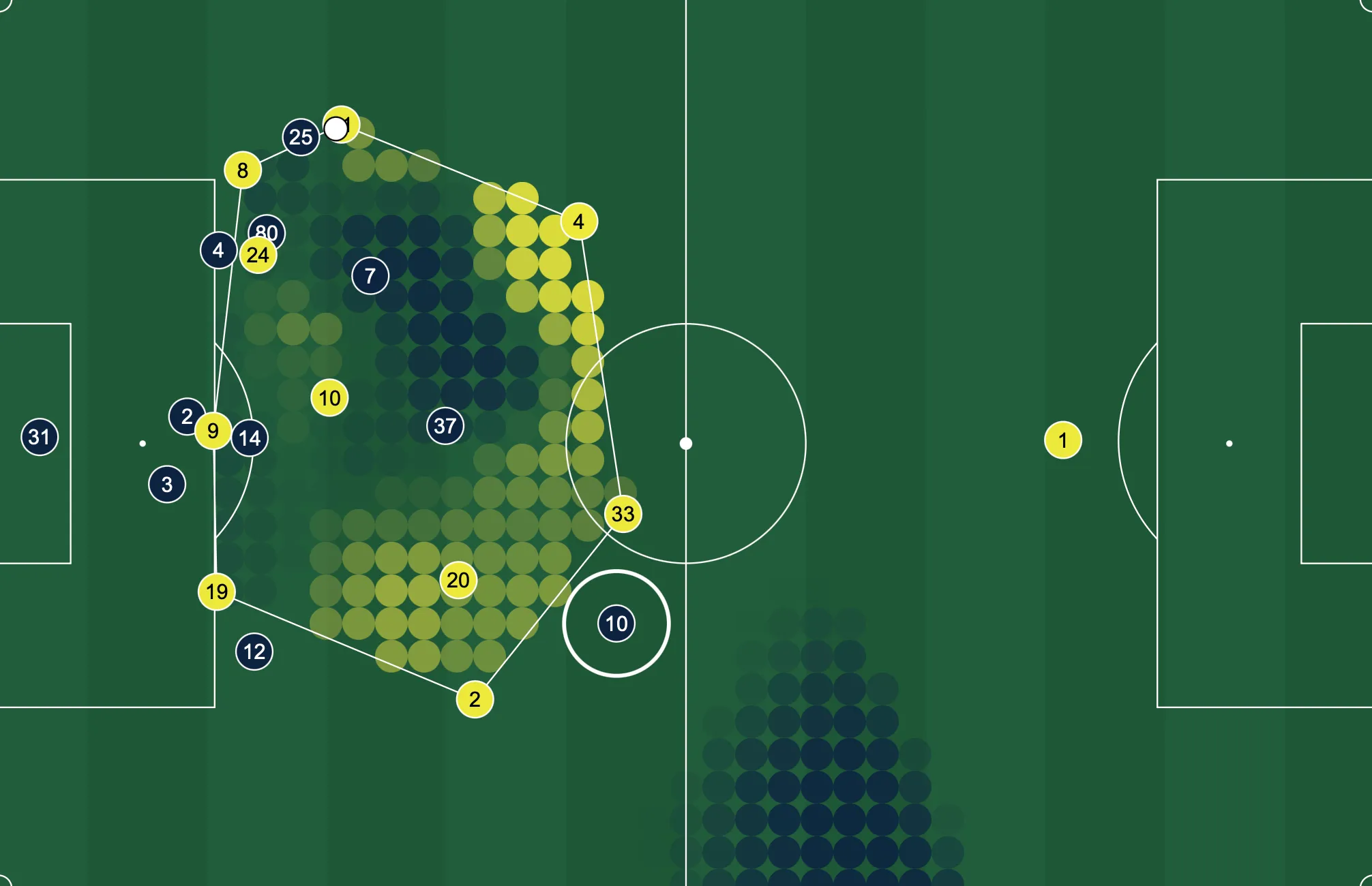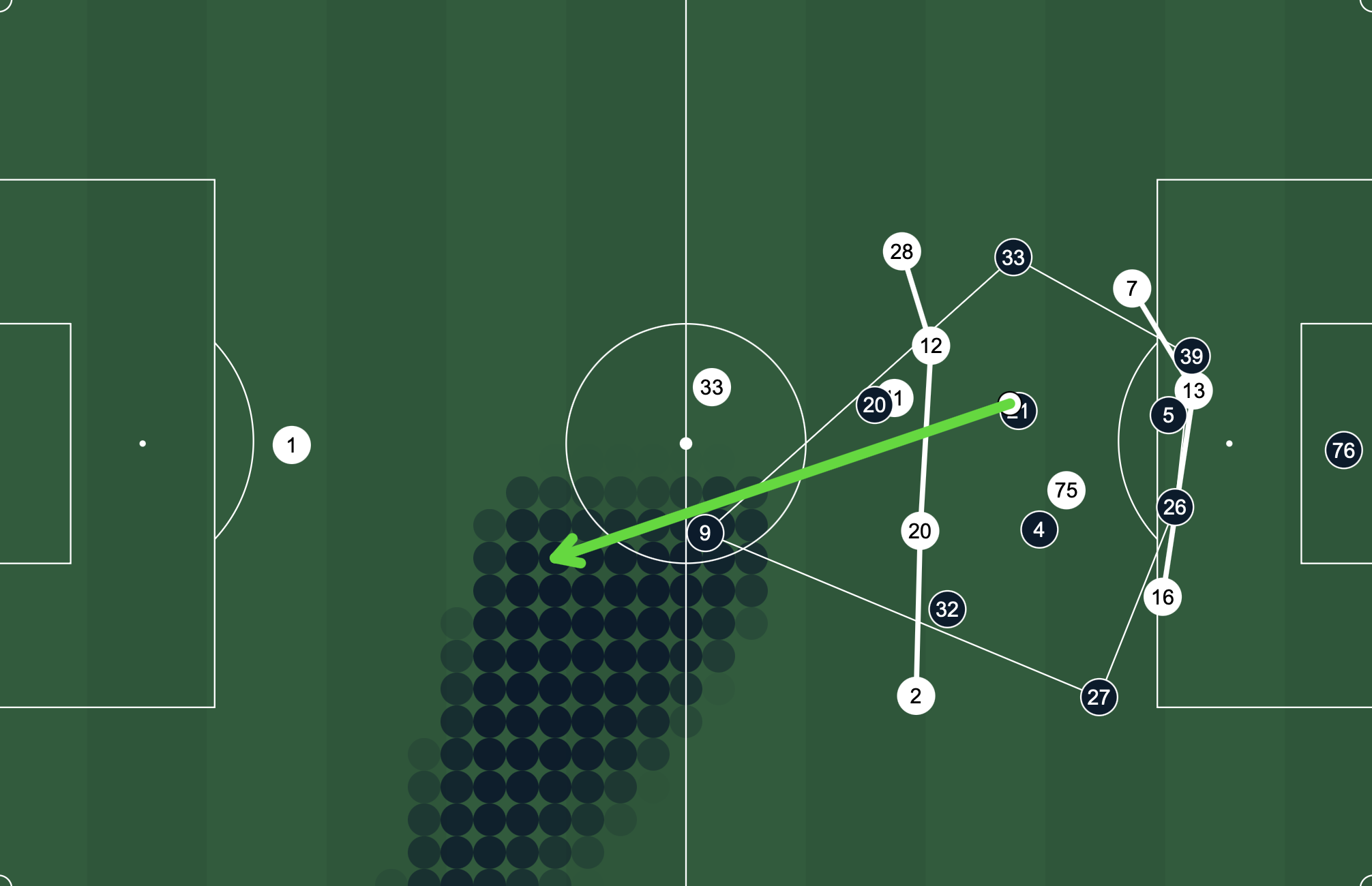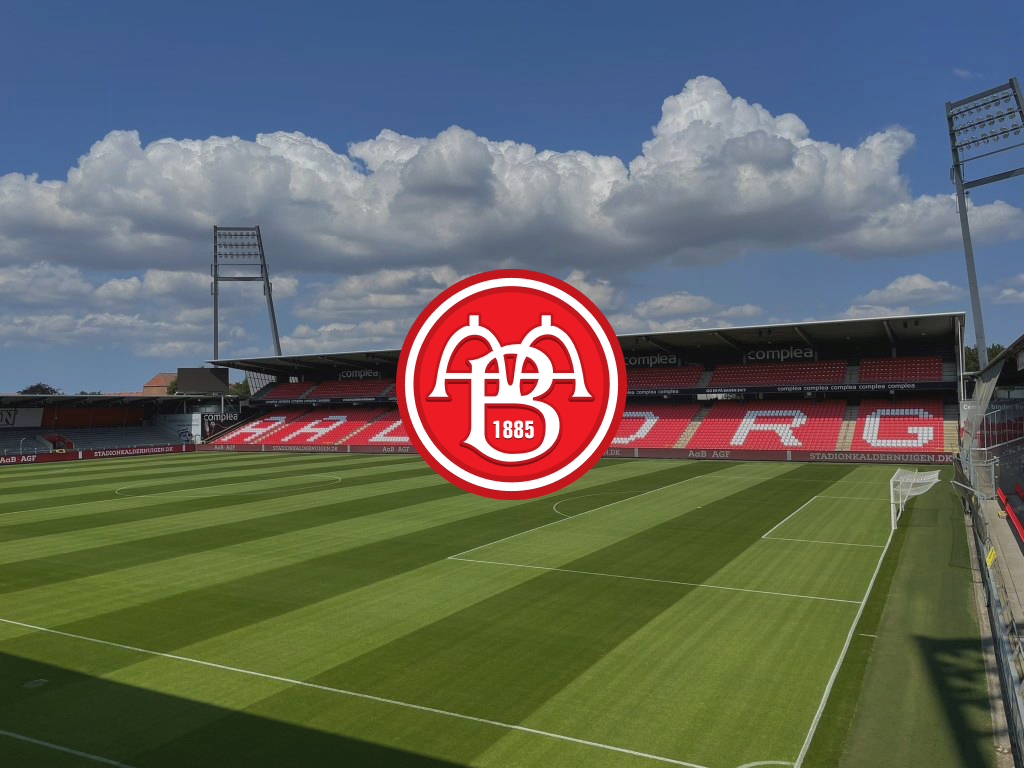· Analysis · 3 min read
Rest Defence: The Shape That Wins You the Next Moment
What rest defence really is, how to recognise vulnerable structures during possession, and how Alai makes it measurable live with tracking data.

Rest Defence: The Shape That Wins You the Next Moment
While most eyes follow the ball, the best coaches watch something else entirely - the shape behind it.
That structure decides whether your team is ready to defend the next transition, or exposed the second possession changes hands.
That shape is called rest defence.
What Rest Defence Really Means
Rest defence refers to your team’s organisation behind the ball while attacking.
It’s how you protect yourself in possession. Maintaining balance, compactness, and coverage so that if the ball is lost, you can react instantly.
In practice, it answers questions like:
- How many players are behind the ball line?
- Are they connected and compact enough to delay or stop a counter?
- Is there control over the most dangerous central and half-space zones?
When rest defence is solid, your team stays in control.
When it’s not, you invite the opponent to counterattack into open spaces. Often the difference between dominance and chaos.
The Situation: Yellow Attacks, Blue Waits
In the example below, the yellow team is in possession, building on the left side. Look closely at the player positions - especially Blue #10.
Yellow’s backline and midfield structure (players 2, 4, 19, 20, 33) has shifted high and wide to support the attack.
That leaves a gap between midfield and defence, exactly where Blue #10 is positioned.
If possession turns over here, Blue #10 becomes the outlet standing in a space uncovered by yellow’s rest defence.
A single forward pass could immediately create a transition and a chance.

Seeing What’s Usually Invisible
The coloured overlay - pitch control - shows which team would reach the ball first if it lands in a given area.
Darker zones indicate faster reach for Blue; lighter zones for Yellow.
This makes the unseen visible: Yellow looks in control near the ball, but the deeper structure shows a vulnerability.
The space around Blue #10 is a trigger zone the opponent can exploit the moment the attack breaks down.
How Alai Makes This Measurable (Live)
Traditionally, analysts spot these structures after the match by reviewing clips or freeze frames.
With Alai, it happens live.
Using tracking data, Alai continuously evaluates:
- Team compactness and distances between units
- Player positioning relative to the ball and goal
- Open zones behind the ball line
- Potential counter-attack threats
When a structure like Yellow’s leaves a gap near Blue #10, Alai automatically detects and visualises it.
Coaches and analysts can immediately see which zones are unprotected and adjust shape, positioning, or pressing balance before the next transition.
Why Rest Defence Wins Matches
The best teams in modern football control transitions.
Rest defence lets a team attack with freedom because they’re protected if possession is lost.
It’s not just a defensive idea; it’s about game control, risk management, and momentum.
And now, for the first time, it’s measurable live.
Alai turns the invisible structure behind every attack into actionable insight so clubs can play with confidence, not guesswork.
Want to see your team’s rest defence in real time?
- Rest Defence
- Live Analysis
- Tracking Data
- Football Tactics

